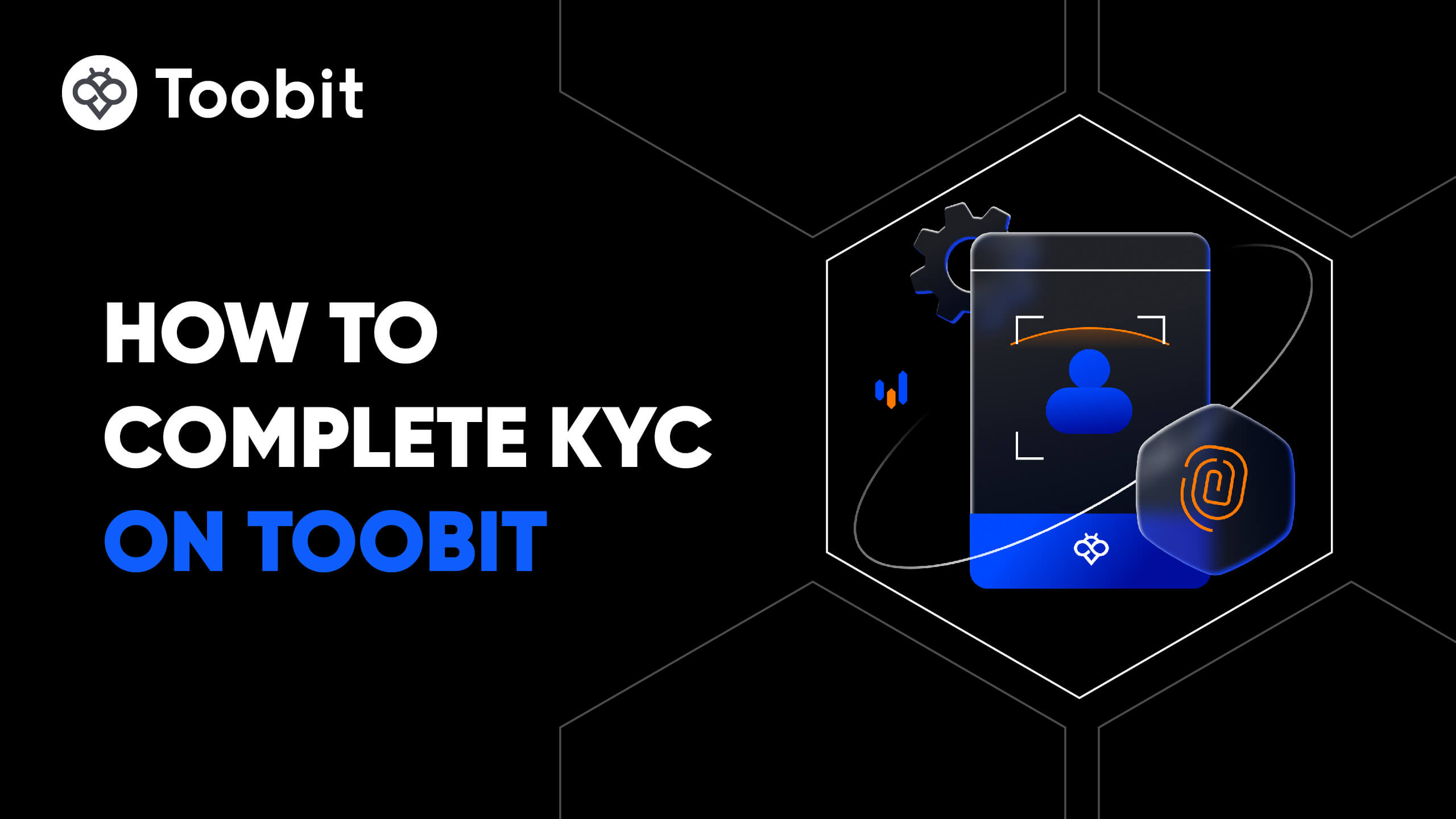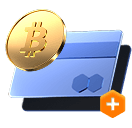Preço de undefined
Informações do mercado de undefined
Preço ao vivo de undefined hoje em USD
Quanto vale 1 undefined em ?
Histórico de preços de Bitcoin
Por que o preço de Bitcoin sempre oscila?
Quais fatores afetam o desempenho dos preços de Bitcoin?
Preços globais de Bitcoin
Como comprar --
Junte-se ao Toobit agora!
Cadastre-se na Toobit com seu e-mail/número de celular e país de residência e crie uma senha forte para proteger sua conta.
Verifique sua identidade
Complete a verificação de identidade enviando seus dados pessoais e um documento de identificação com foto válido.
Adicione um método de pagamento e compre -- (--)
Adicione um cartão de crédito/débito ou conta bancária após verificar sua conta Toobit. Use várias opções de pagamento para comprar -- na Toobit.
Negocie contratos futuros perpétuos de --
Após se cadastrar na Toobit e comprar USDT ou tokens --, você pode começar a fazer trade de Derivatives, incluindo futuros -- e Margin trading para aumentar sua renda.
Participe do Copy Trading de -- com Traders Líderes
Após se registrar na Toobit e comprar com sucesso USDT ou tokens --, você também pode começar o copy trading seguindo Traders Líderes.
Onde posso comprar --?
Compre cripto no app da Toobit
Cadastre-se em poucos minutos para comprar cripto via cartão de crédito ou transferência bancária.
Negocie na Toobit
Deposite suas criptomoedas na Toobit e aproveite alta liquidez e taxas de negociação baixas.
Seção de vídeo — verificação rápida, negociação rápida

Como concluir a identificação na Toobit e se proteger contra fraudes
- 1.Entre na sua conta Toobit.
- 2.Se você é novo na Toobit, assista ao nosso tutorial sobre como criar uma conta.
- 3.Clique no ícone de perfil no canto superior direito da barra de navegação e depois toque na página de Identificação.


